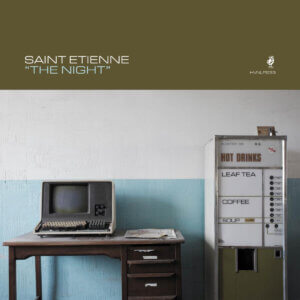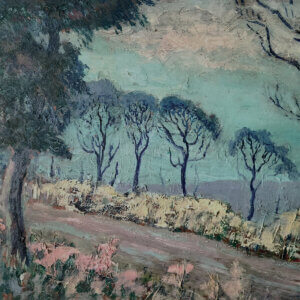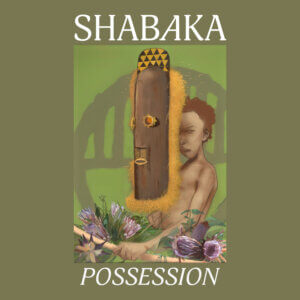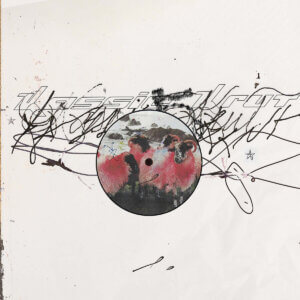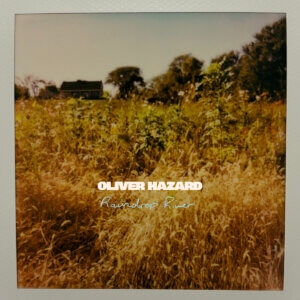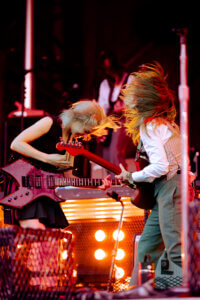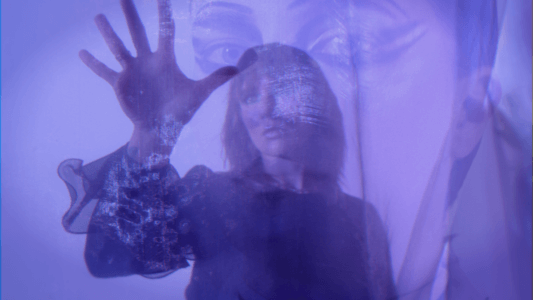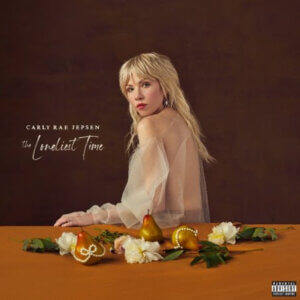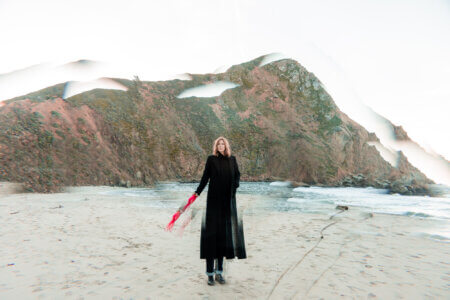Fionn Finally Arrive, Debut “Magazine Face” Video

From White Rock, BC come twin sister duo Fionn. 20-year-olds Alanna and Brianne Finn-Morris have been performing together since they were 12, busking and playing restaurants, cafes, farmers markets, house parties, and corporate events. Immediately following high school, they signed with 604 Records. The label put Fionn in touch with 2011 Polaris Prize nominee Louise Burns, who produced “Magazine Face” and the upcoming album, along with contributions from John O’Mahony (Sara Bareilles, Vance Joy), Grammy winner Robert Orton (Lana Del Ray, Mumford & Sons), and Pedro Dzelme (Carly Rae Jepsen) to record their upcoming debut album. After playing up to 100 shows a year throughout high school – often multiple gigs a day on weekends – Fionn’s mix of pop and folk already sounds more polished than tunes by most people their age. Northern Transmissions has the premiere of Fionn’s new music video for “Magazine Face” as well as a conversation with Alanna.
Northern Transmissions: What’s it been like suddenly being on the same label that, at one time or another, represented Carly Rae Jepsen?
Alanna Finn-Morris: All through high school, we were just playing restaurant gigs and busking, so it was crazy to suddenly switch. And Marianas Trench and Carly Rae Jepsen, we grew up listening to them, so we kind of geeked out a little bit. Sometimes, it still hasn’t really sunken in yet.
NT: It was the label that put you in touch with Louise Burns, John O’Mahony, and Robert
Orton, right?
BFM: Yes, right when we got signed with 604, Jonathan [Simkin] – the head of the label – he was like, “Oh, have you heard of Louise Burns?” He just felt like we’d click, and we just did. She’s so talented and musical. She just got out vibe right away. We absolutely loved working with her. It was amazing.
NT: And did they all have differing styles, so you learned how a few different people worked?
BFM: Yeah, Rob Orton, I think he mixed one of Lady Gaga’s albums, so he’s got more of a pop kind of style. John O’Mahoney, he was a little more indie-sounding. And then Pedro just sounded very nice. He just sounded awesome.
NT: You started busking when you were about 12. The whole time you were doing that, was it mainly just other covers, or were you also writing your own material?
BFM: We were writing. I mean, quite juvenile material, but we were writing. We really liked Taylor Swift when we were that age. She was kind of the big cheese back then. We were trying to emulate her, singing about boys at school.
NT: Your parents were super supportive of your music, and they were honest about it too. Did they come from musical backgrounds?
BFM: Yeah, my dad was a piano player, and he travelled with an Irish showband, and that’s how he ended up here. Mom, she’s a classical piano teacher. We were always surrounded by music.
NT: It’s nice that they came from musical backgrounds, so their critiques were actually informed.
BFM: They know what’s good. If we did a performance that was mediocre, they’d let us know. They’d know if we messed up a guitar chord. They really helped us develop our act.
NT: When did you two decide to change your performance name from Alanna and Brianne to Fionn?
BFM: “Alanna and Brianne” is a bit of a mouthful. And it’s already been done, like Tegan and Sara. I feel like their name just sounds better together. We thought it’d be cooler if we came up with a duo name. Our last name is “Finn-Morris,” and the Irish version of Finn is “Fionn.” And also, Fionn mac Cumhaill was an Irish war hero in Irish mythology, so it’s kind of cool.
NT: When did you switch to that?
BFM: Probably when we were 17. Or no, 16. Yeah, we were 16.
NT: Because the name Fionn is personal because it has connection to your heritage and background, did your writing change to be more personal in that way as well?
BFM: I feel like our writing just changed as we grew older because your mind expands as you get older. We got a few slightly romantic songs on the record, but a few of the songs I wrote for the record are about the objectification of women. When I was about 17, that kind of started to really sink in, I guess because that was the first time I was being looked at like a woman and not like a young girl. That kind of bothered me, and I wrote a couple of songs about that. Like “Skeleton”. And “Magazine Face” is about the idea that ever since we’re children, girls are told you have to be beautiful when you’re older. You’re kind of just looking forward to being beautiful when you’re older, because you have to put all of your worth into that. “Magazine Face” is like, “It doesn’t really matter what you look like.”
NT: Creating with your identical twin, are there differences between you and your sister in terms of your ideas or techniques, or are you really synced in on the same approach to everything?
BFM: We actually write very differently. She likes to write more folk songs. When she writes a song, she doesn’t start with the title or with the idea in mind. She just lets it all out. But I like to have an idea before I start the song. Then I sketch it out and come up with a title, then build a song around that. Brianne, she also plays more guitar than I do and so she’ll make up different tunings on our guitar. So, she’ll tune it down to open G and write a song in different tuning. Her songs got a little bit of a folkier sound because of that as well…. I’m a little bit more interested in lyrics and writing.
interview by Leslie Chu
Stream “Magazine Face” here
Latest Reviews
Tracks
Advertisement
Looking for something new to listen to?
Sign up to our all-new newsletter for top-notch reviews, news, videos and playlists.
